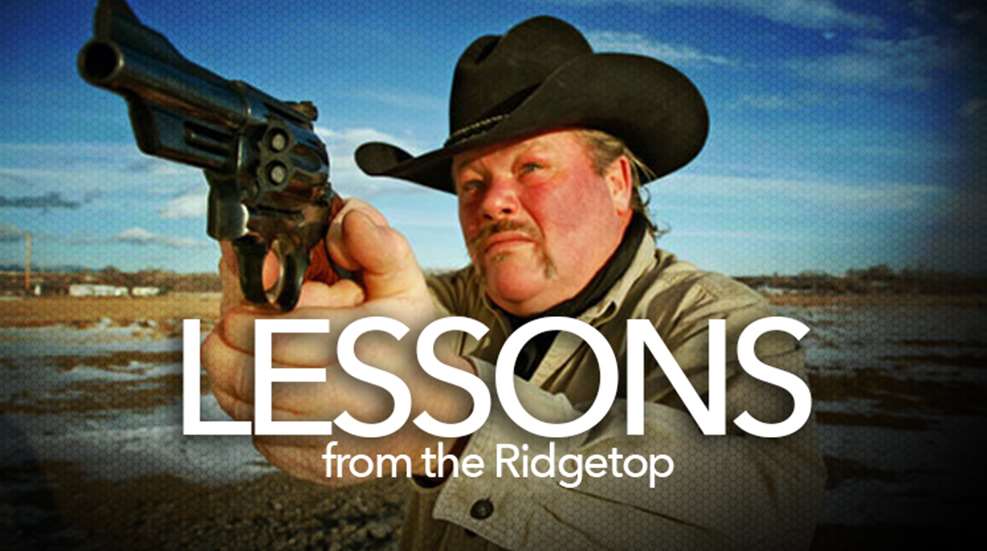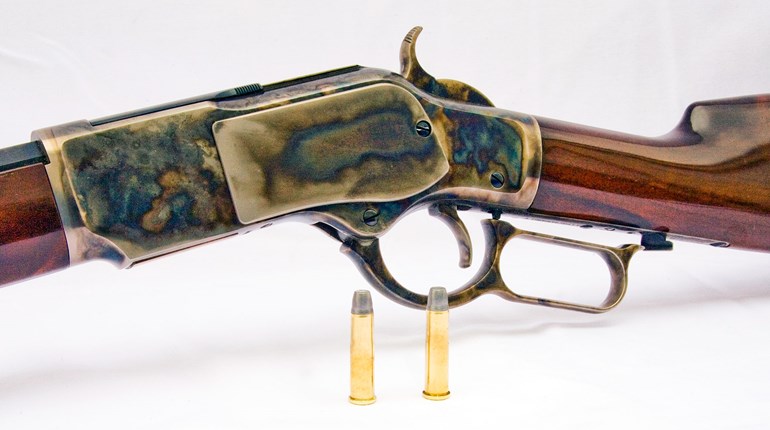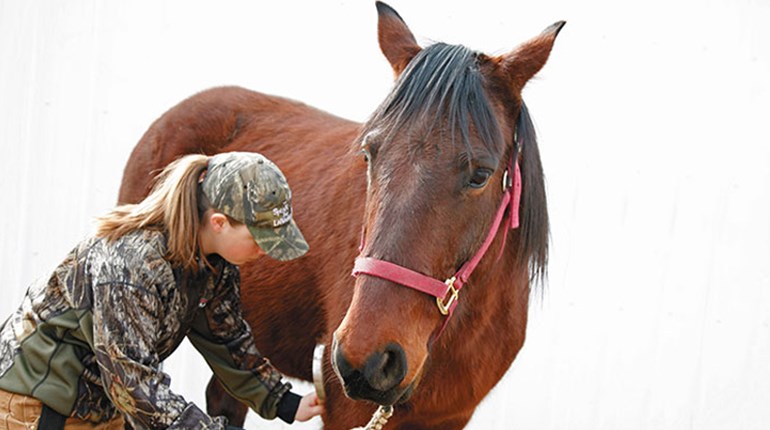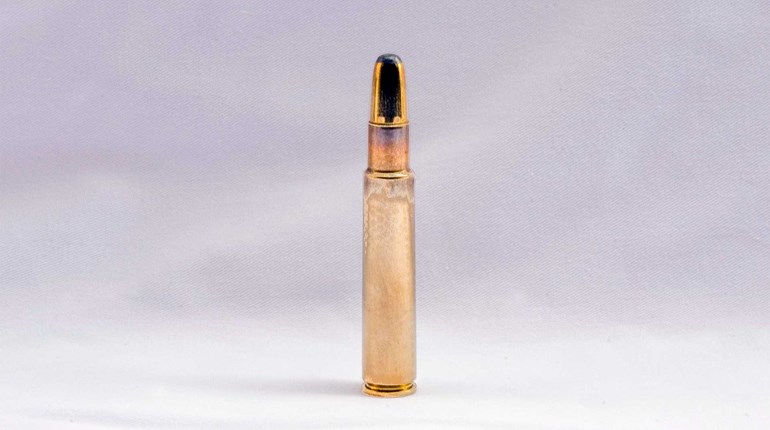
During the past year or so I have expanded my handloading repertoire to include the loading of brass shotshells. The reasons may vary from shooter to shooter—some, like me, are into the historical reenactments; others choose to reload brass so they can shoot vintage Damascus-barreled shotguns that have been deemed safe to shoot replica loads.
There are several ways to safely handload a brass shotshell, and I am not saying my way is the only one. But it is a safe and relatively simple way. So first, a couple of safety admonitions: Brass shotshells are suited for black powder or black-powder substitutes only. If you think you know more than me or the propellant manufacturers and want to substitute smokeless propellants, YOYO (You’re On Your Own). Second, don’t try to make some ultra-long-range magnum out of these shotguns. If it’s a vintage gun, give the old girl some respect and load her up just enough to make a little noise, blow out some smoke and bring down a close-range bird or target. In my case, I am loading for a replica of the Colt 1878 double for cowboy action shooting, and all I need to do is knock over a close-range steel target. I see no reason to abuse myself or the gun.
Modern brass shotshells are available from Magtech, as well as a few other manufacturers. Some guys like to, or have to if their scattergun is a non-standard gauge, get their brass from a local machinist. Magtech brass hulls are about a buck a piece; the custom-made ones generally go for at least $4 each, often more. They usually take a large rifle primer.
Chamber lengths can vary greatly, especially in older guns. Before loading you should verify the length of the chamber in your shotgun. If you don’t know how or do not have the resources to make a chamber casting and measure it, have a gunsmith do that, as well as ensure that your Damascus-barreled gun is safe to shoot.
RCBS makes a brass shotshell die that fits its single-stage press if you remove the bushing in the top of the press. Resizing the brass shotshell isn’t usually necessary unless the spent hull gets deformed, like when someone steps on it. I use the priming tool in the press in conjunction with the 12-gauge shell holder to prime the cases. Because black powder can be a bit finicky about igniting, I use large rifle magnum primers, even for the powder-puff loads. I have found that Magtech hulls can have pretty shallow primer pockets, so take extra pains to ensure the primer is at least flush with the rear of the hull.
Charge the hull with a suitable amount of black powder or black-powder substitute. I would not go beyond 80 grains of FFg for 1 1/8 ounces of shot in a 12 gauge. For my cowboy action loads, I use 60 grains of Goex FFg behind 3/4 ounce of shot. Another safety note: DO NOT use a conventional smokeless-powder measurer for black powder. The plastic and iron in these measurers can generate a static electrical charge, resulting in a rather explosive incident. Use a brass measurer like the muzzleloader guys use, or you can get a dedicated black powder measurer from Lyman like I did.
Once the hull is charged, you’ll need an over-powder card wad. I get my black powder wads from Buffalo Arms. Then you’ll need a felt wad to cushion the blow of the burning powder against the shot. I made a volumetric shot measurer from a discarded brass centerfire rifle case. Cut it off at the shoulder, solder it to a piece of brass and test weigh the scoops, cutting its length slowly until the desired charge is achieved. To cap it off, you’ll need an over-shot wad. This is a very thin disk of card stock that is glued in place over the shot charge. I use Duco Household cement, a clear glue that comes in a green tube and is available at most hardware stores. It may take a couple of coats of glue to secure everything properly. Once the glue has dried, give each shell a little shake to ensure everything stays together.
This isn’t a high-volume operation, but if you like to play with the old guns or replicas, it’s a lot of fun. Sometime later we’ll discuss cleaning and maintenance of brass hulls.




































